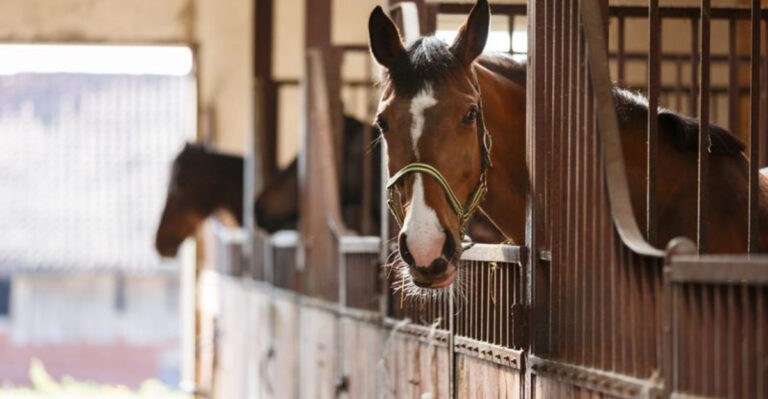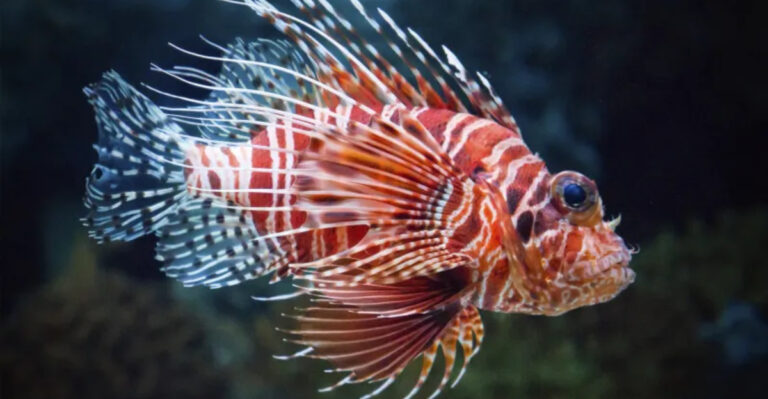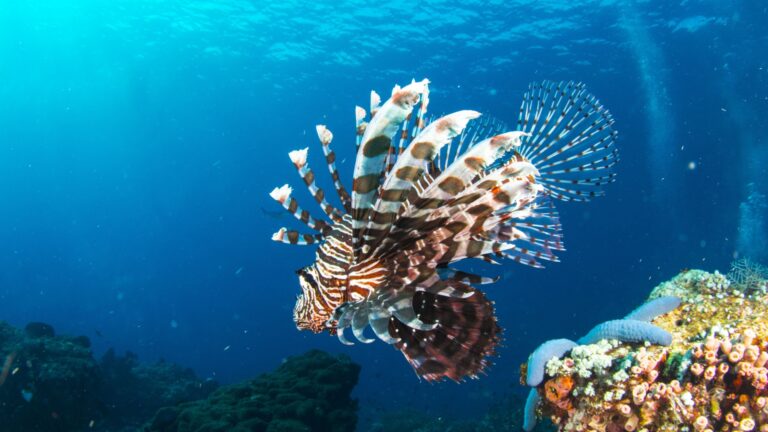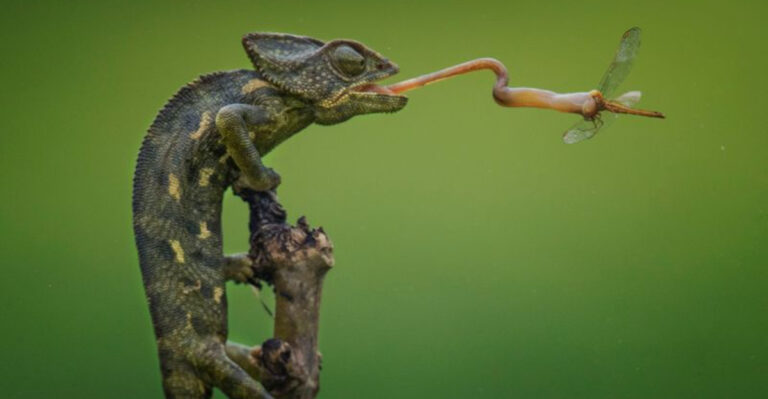8 Giant Bears That Once Ruled Across America
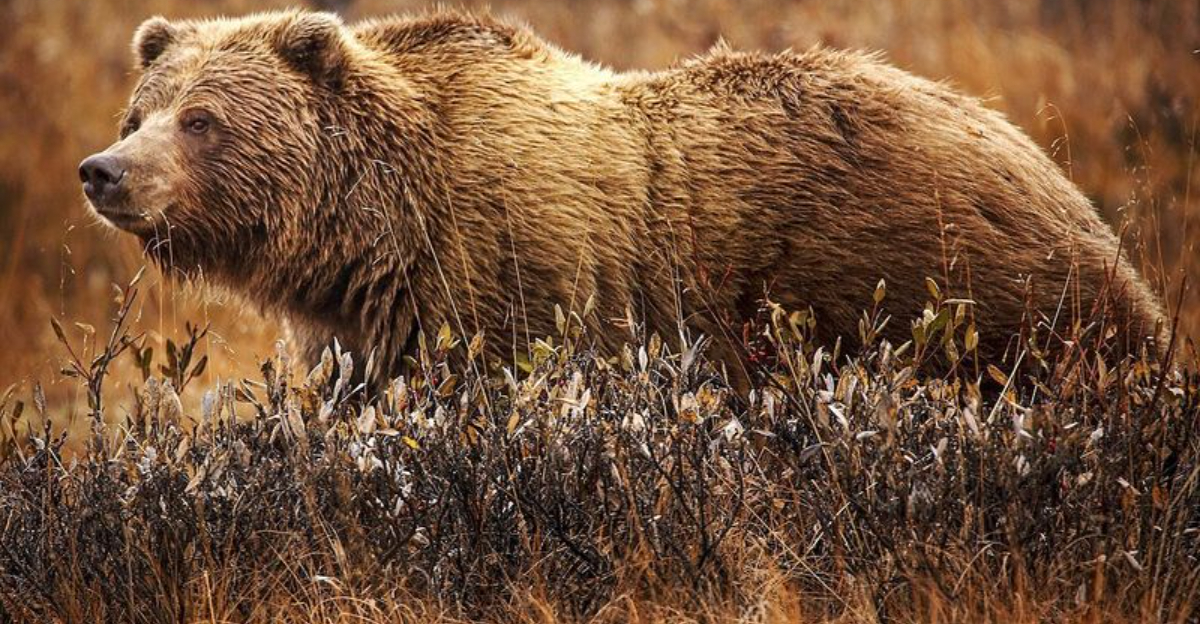
The vast landscapes of America were once home to a number of giant bears, roaming its forests, mountains, and icy terrains. These magnificent creatures were not just large in size but also held significant roles in their ecosystems.
Let’s see some of these remarkable bears, each with its unique history and attributes, painting a picture of a time when these giants roamed freely across the continent.
1. Indarctos
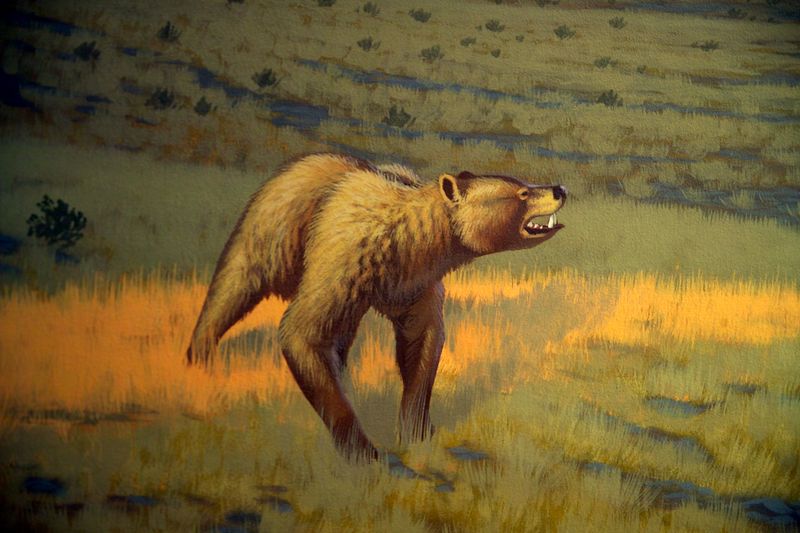
Indarctos roamed North America during the late Miocene epoch, showcasing a formidable presence. These bears were ancestors of the modern bears we know today. Their fossils have been found in various parts of the United States, providing insights into their widespread habitat.
Indarctos was notable for its size and strength, making it a dominant species of its time. They had a diet that ranged from plant material to small animals, reflecting their adaptability to environmental changes.
2. Ursus Americanus (Giant Black Bear)
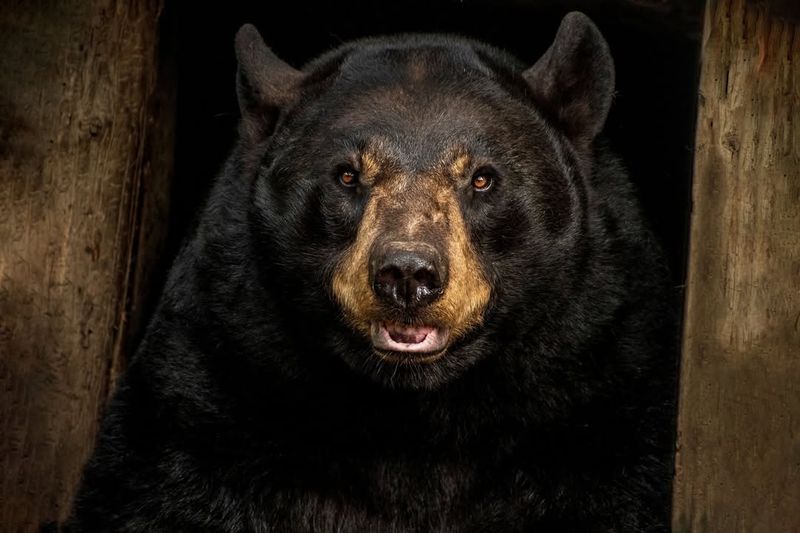
The Giant Black Bear, or Ursus Americanus, was a larger version of the black bears we see today. These bears roamed the dense forests of North America, thriving in the rich ecosystems available.
Their size allowed them to dominate their environment, with a diet consisting of fruits, nuts, and occasionally small mammals. Their adaptability was key to their survival over time.
3. Polar Bear (Ursus Maritimus)
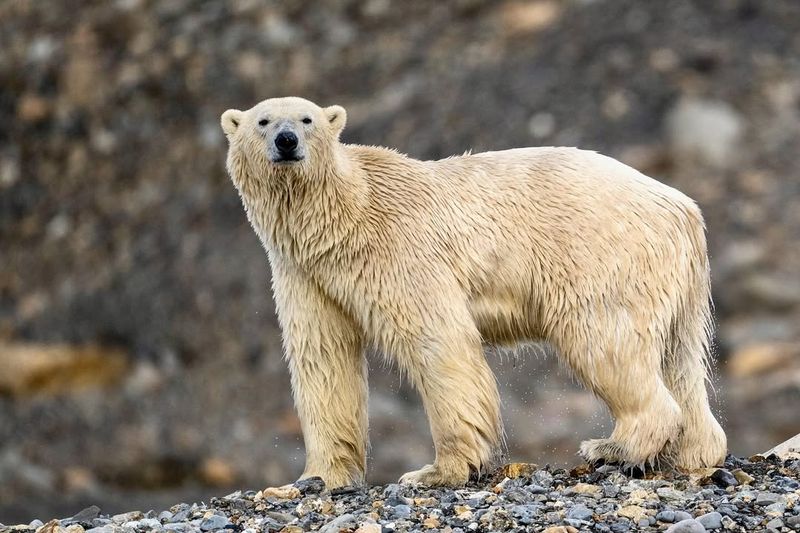
The Polar Bear, known scientifically as Ursus Maritimus, is still a majestic giant that roams the icy regions of the Arctic. These bears are well adapted to cold climates, with thick fur and a layer of fat to insulate them against the freezing temperatures.
Polar Bears primarily hunt seals, using sea ice as platforms to catch their prey. Their presence highlights the fragility and beauty of Arctic ecosystems.
4. Arctotherium
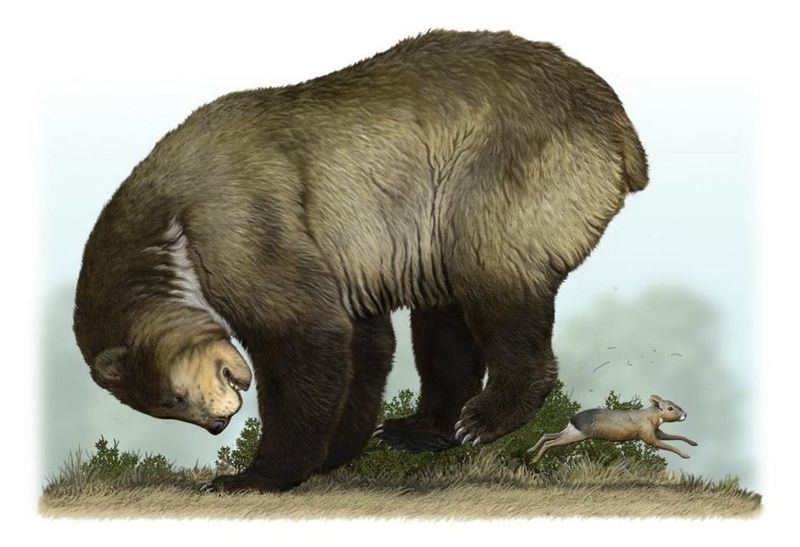
Arctotherium was a genus of short-faced bears that lived in South America, known for their enormous size. These bears were among the largest terrestrial mammalian carnivores.
The Arctotherium’s massive build allowed it to dominate its environment, preying on large animals and competing for resources with other predators. It thrived in diverse habitats ranging from forests to open plains.
5. Cave Bear (Ursus Spelaeus)
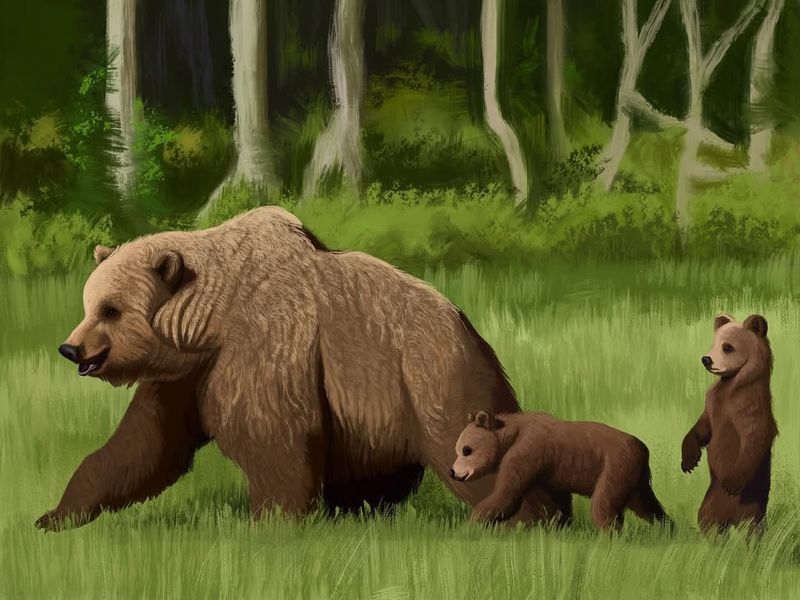
The Cave Bear, known as Ursus Spelaeus, inhabited the caves of Europe during the Pleistocene epoch. These bears were massive, using caves for hibernation and shelter.
Their diet was primarily herbivorous, consisting of plants and roots, although they occasionally consumed meat. The Cave Bear’s presence in caves has left a rich fossil record.
6. Short-Faced Bear (Arctodus Simus)
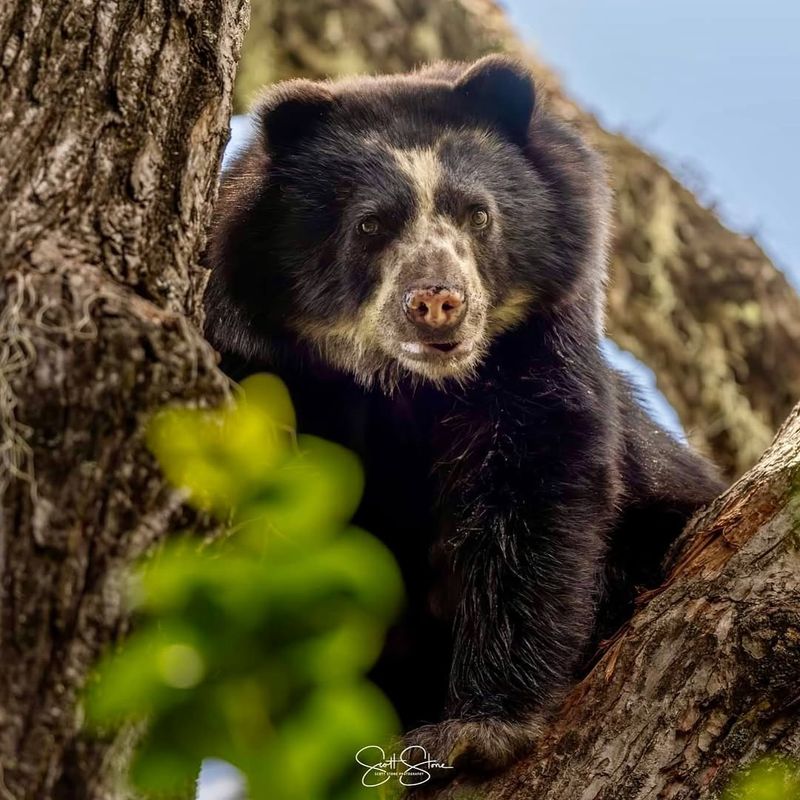
The Short-Faced Bear, scientifically named Arctodus Simus, was one of the largest and most powerful bears to inhabit North America. Its long legs and short face made it an agile predator.
Arctodus Simus roamed the open tundras and forests, primarily feeding on large prey and carrion. Its presence was a significant factor in the prehistoric food chain.
7. Arctodus
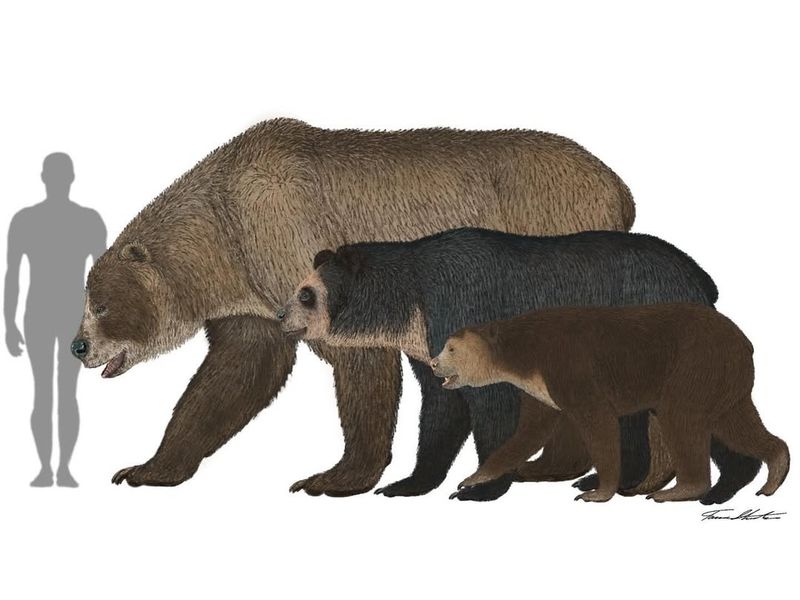
Arctodus, an Ice Age giant, was a genus of bears that roamed North America. Known for their imposing size and strength, these bears were remarkable predators.
They inhabited diverse environments, adapting to cold climates with their thick fur. Arctodus’s diet ranged from plants to meat, showcasing their opportunistic feeding strategies.
8. Beringian Brown Bear
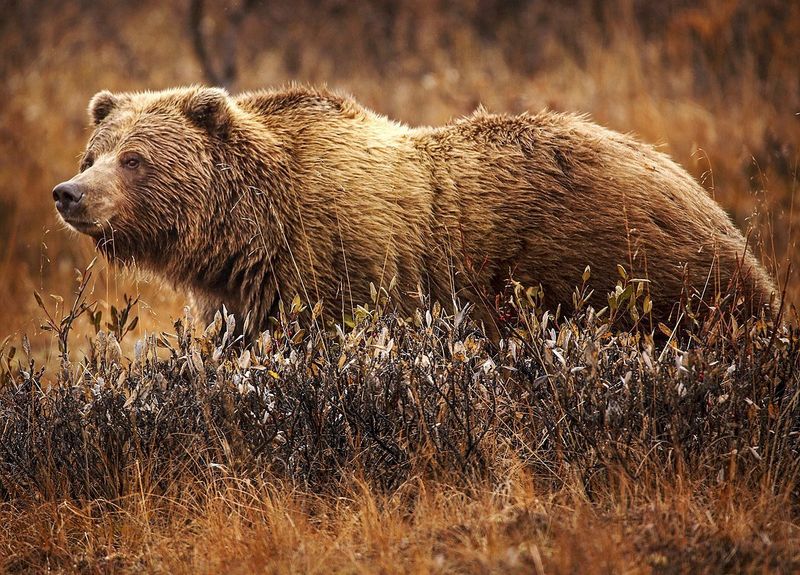
The Beringian Brown Bear lived in the Beringia region during the last Ice Age, displaying remarkable adaptability to harsh climates. These bears were ancestors to modern brown bears.
Their environment ranged from icy tundras to lush summer landscapes, showcasing their ability to thrive in varying conditions. Beringian Brown Bears had a diverse diet, including both plants and meat.


